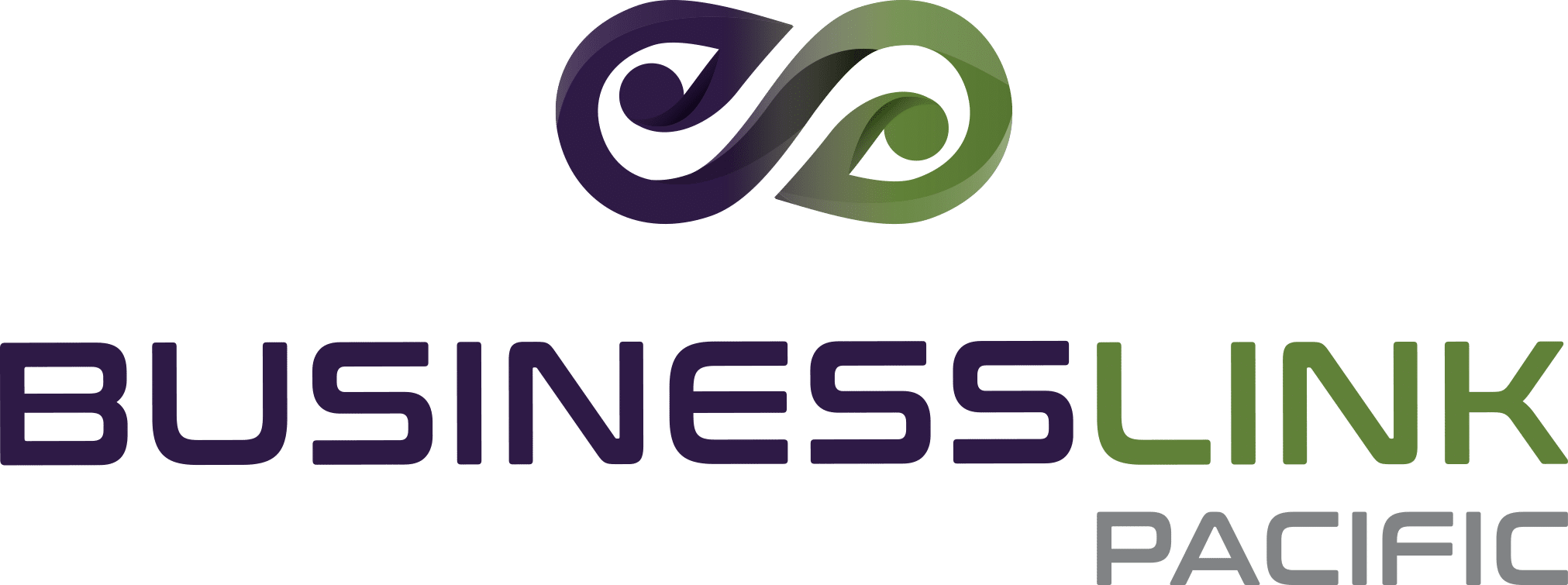
Do It Yourself vs. Professional Marketing
StratCom talks about their work with Business Link Pacific and SMEs in PNG and provides useful insights to business owners wanting to scale up their business.
Most Small Business Owners in Papua New Guinea see marketing as a Do-It-Your-Self task or market on a catch-as-catch can basis, sharing duties among more than one person internally with no specific leadership.
Whether you’re keeping marketing for yourself because you can’t afford to hire, or you think no one can do it as well as you can, you’re doing your business a disservice.
Outsourcing some of your marketing can be a smart move. It can help you access skills and experiences you may lack for less than the cost of hiring someone new.
Whilst it is a smart move, it remains an obstacle for many small business owners in Papua New Guinea with the limited options of to them.
As an advisor in the marketing space for the Business Link Pacific (BLP) Programme in Papua New Guinea, we’ve noted that most small businesses (90%), we support, spend less than PGK 1,000 on digital marketing annually, and that many small to medium-sized business fail to create a marketing plan or do “ad hoc marketing”.
How do we work?
Working with BLP, we help SMEs to address those issues of lack of business planning and “ad hoc marketing”. BLP is a joint New Zealand Aid Program and AECOM development initiative. The program supports the local market of business advisory services and empowers the small and medium enterprises to access the right services to unlock their growth potential.
Our journey under the BLP programme has seen us sign up three new client SMEs to date; PEU Stationary and Suppliers, Zahsaps in Port Moresby and female operated and owned ‘Mohone Coffee’ in Lae. We have six more in the pipeline. BLP support SMEs to access our services, so in some cases provides a subsidy of up to 50% of the total cost.
Although these three small business owners have different marketing needs, a marketing plan is still required to activate each industrial plan. Knowing how to write a marketing plan is key to success because for your business to succeed, you need to have a plan of attack—also known as a marketing plan. StratCom’s approach is simple: You work, and we review, re-strategize, and we help you roll-out your plan of attack – EASY!
Part of our service delivery to one of our BLP-supported clients, Zahsaps Virtual Network Solution Services, is to identify the its target market. We do this in a collaboration with business owner Elizah Posi; working together is key to understand his target market and plan how to engage and increase his customers.
Some of the advice we provide to Zahsaps apply to all small businesses: Make your goals as specific as possible and as measurable as possible. Some goals might be increasing website traffic; getting more prospects to call your business or fill out a leads form on your website; or increasing the number of prospects who visit your website after seeing your social media posts. Make sure that your goals ultimately serve the cause of increasing your sales.
Also, it’s also important to assess your business’s position in the competitive landscape. Identifying your ideal target customers, your competitive advantages and disadvantages, and what your competitors are doing will help you determine specific goals for your marketing. For example, a business that’s just getting off the ground will have building brand awareness as its primary marketing goal.
How much can you spend on your marketing?
Here’s where reality comes into play. You’ll need to find a middle ground between spending too much and spending too little on your marketing efforts. Think of marketing as an investment in your business. If an ad campaign that cost PNK1,000 pays off in PGK5,000 of new business, that’s an investment—not an expense.
Of course, as a small business owner, your budget is probably limited. If you’re trying to keep your marketing costs manageable, focus on low- or no-cost ways to spread the word about your business, such as organic search engine optimization, online advertising, public relations, social media, and online reviews.
Finally, marketing isn’t something you can just set and forget. You need to keep tabs on how well each marketing channel, tactic, and campaign that you use works to attract prospective customers.
Be sure to track where your customers come from–this will show you which marketing methods are the most effective. And this will help you learn from experience to put most of your marketing budget into tactics that you know will work.
